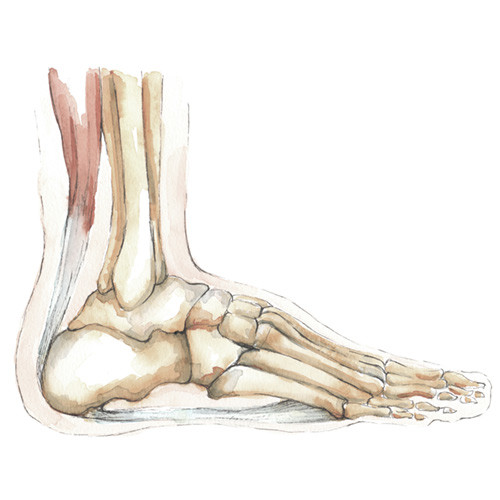
Foot & Ankle Pain
The feet and ankles are among the most commonly injured parts of the body, largely due to the stress they are placed under in day-to-day activities. Pain can result from acute injury, overuse, general wear-and-tear, and medical conditions such as arthritis.
Though most foot and ankle pain resolves on its own in time, some cases may need intervention from a specialty-trained orthopaedic surgeon to heal properly. Speak to a foot and ankle expert at Orthopaedics SA for individualised advice.
Foot and ankle pain can take a variety of forms – it might feel sudden and sharp, constant and aching, or may come and go. The way the pain feels can indicate what is causing it.
Your foot and ankle pain may be accompanied by:
• Visible bruising
• Redness and swelling
• The footing ankle feeling cool to the touch
• A popping or snapping sound, either at the time of the injury or when you move the injured limb
• Inability to bear weight on the foot
• Numbness and/or tingling in the foot
• Inability to stand on tiptoes
• Changes in the shape of your foot and/or ankle
• Stiffness
It is important to let your doctor know about all symptoms in your foot and ankle, even if you feel like they may not be related. They can indicate different conditions which have varying severity. And need different treatments
If you suffer from diabetes and experience a new or unexplained foot pain, speak to your doctor immediately. Diabetes can exacerbate foot conditions and result in life-threatening complications.
Foot and ankle pain have many causes, ranging from trauma to seemingly [nothing at all]. Examples include:
Causes of chronic (long-lasting) ankle pain
• Stress fractures
• Arthritis
• Bunions
• Blisters
• Bursitis
• Repetitive movements
• Tendonitis
Causes of sudden (acute) ankle pain
• Fractured foot and/or ankle bones
• Fractured ankle
• Foot and ankle sprains
• Foot and ankle trauma
• Suddenly increased levels of activity
• Ill-fitting shoes (particularly ones that are too tight
• Sports injuries
Causes of pain in the foot
• Neuroma
• Plantar fasciitis
• Ill-fitting shoes
• Running, jumping, or standing on hard surfaces
• Sever’s disease (pain in the growth plate of the heel)
• Heel spurs
• Obesity
• Complications from diabetes
• Blisters and bruising
You can diagnose foot and ankle pain on your own, though your doctor will generally ask for more information to identify its cause and how to treat it. After asking you about your medical history, how long you have had foot and ankle pain for, and what causes your pain to increase or decrease, your doctor may request imaging tests to get a better understanding of the pain’s nature. These can include:
• X-rays – using high energy electromagnetic waves to examine the foot and ankle bones for abnormalities.
• MRI scans – using magnets to create detailed images of the foot and ankle’s internal structures, including soft ones such as muscles, tendons, and ligaments.
• CT scans – using stronger x-rays to create cross section images of your foot and ankle.
• Ultrasound – using sound waves to visualise the foot’s internal structures, including tendons and ligaments.
If your scans indicate an underlying abnormality, your GP will usually refer you to an orthopaedic surgeon for further advice and treatment. You can ask for a referral to Orthopaedics SA for access to a wide range of specialists.
Your treatment for foot and ankle pain depends on its cause.
In most cases, rest will be recommended as an immediate treatment for foot and ankle pain. It may be combined with over-the-counter pain medication and/or applying ice regularly to reduce swelling. Your doctor may also recommend a splint or brace to reduce stress on your foot and ankle as it heals. After your initial recovery period, a physiotherapist or podiatrist may recommend specialised exercises or orthotic insoles to keep your feet pain-free.
An ankle arthroscopy may be recommended to thoroughly diagnose the injury and remove loose bodies if they are present. Your surgeon may also use an arthroscopic approach to repair some kinds of tendon and ligament damage.
More acute injuries may be treated in an emergency room, particularly if they result from sudden foot trauma. You may require a more urgent surgery to repair broken bones, torn ligaments, or damaged tendons.
Explore treatment options
Ankle & Foot Treatments





